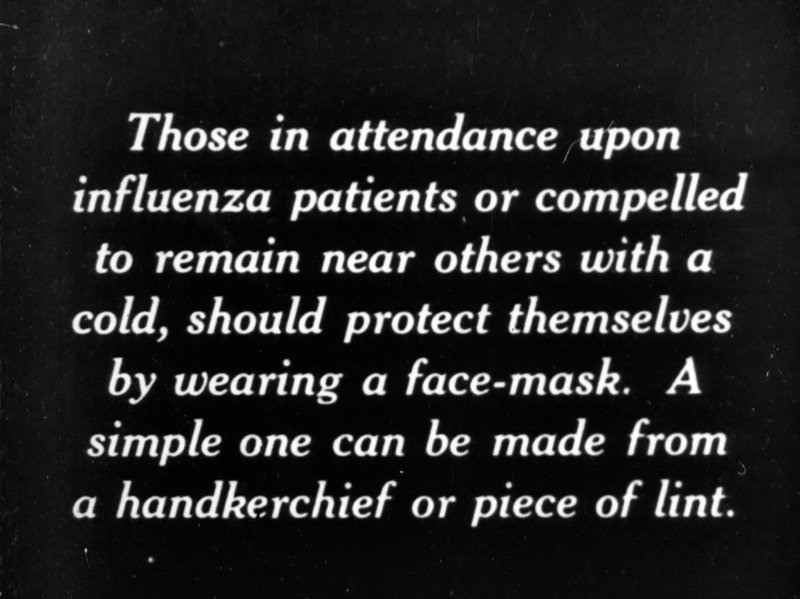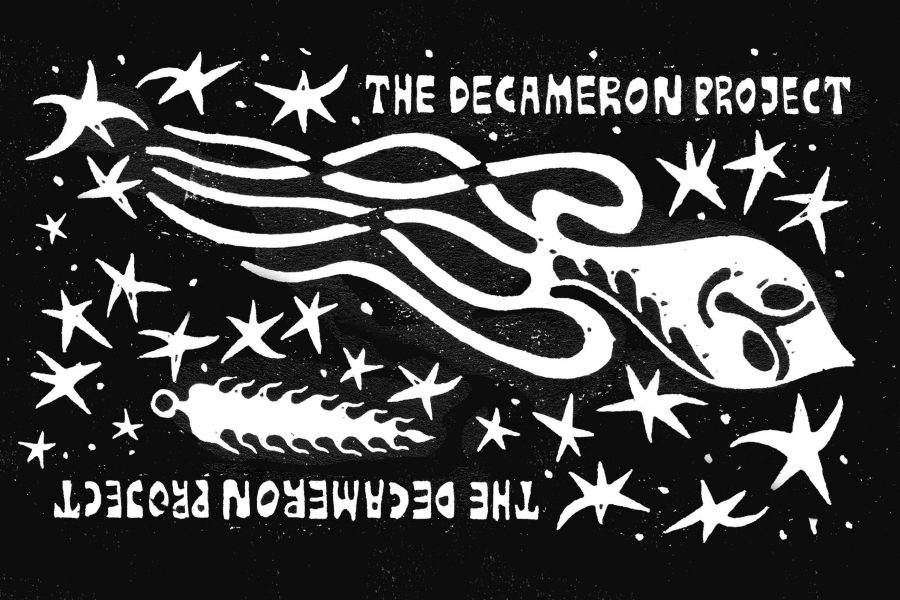When Rainer Maria Rilke began corresponding with a poetically inclined 19-year-old military-academy cadet named Franz Xaver Kappus, he inadvertently founded a genre. After Rilke’s death, Kappus published the missives the two had exchanged in the 1900s as the book Letters to a Young Poet, a title to which established older artists giving advice to aspiring younger ones have paid homage ever since. Here in the 21st century, of course, their words of advice don’t usually come written in letters. They aren’t even limited to one-to-one correspondence: now such words of wisdom can easily be broadcast to every young person in the world with relative ease. For the young artist, the challenge thus has shifted from seeking advice to seeking out the right advice.
Hence the roundups we’ve posted here on Open Culture of offerings like “Advice to the Young,” a Youtube series from Denmark’s Louisiana Museum of Modern Art. In 2016 we highlighted its videos of creators who succeeded in shaping the culture without much in the way of compromise to their idiosyncratic visions: Laurie Anderson, Daniel Lanois, David, Byrne, Patti Smith, Umberto Eco, Marina Abramović.
In 2018 we featured an update on further advice to the young offered by writers like Jonathan Franzen and Lydia Davis, filmmakers like Wim Wenders, and artists like Ed Ruscha. The Louisiana Channel, which has continued to add new clips of advice from an ever-widening range of figures, has since uploaded sage counsel from the likes of photographer and filmmaker Anton Corbijn, dissident artist Ai Weiwei, and Trainspotting author Irvine Welsh.
As Welsh puts it, “The most important thing I would say to anybody who’s doing anything” — writing, music, art, what have you — is to “do it with exuberance, because that will come across.” Longtime Open Culture readers may remember Andrei Tarkovsky (an artist who in most respects seems to have occupied an entirely separate world from Welsh’s) having taken that idea further: young filmmakers shouldn’t “separate their work, their movie, their film, from the life they live,” and indeed should accept that their art requires “sacrificing of yourself. You should belong to it, it shouldn’t belong to you.” He also advises young people of any inclination that they “should learn to be alone and try to spend as much time as possible by themselves” — perhaps the only mode in which they can stay true to their own perceptions and motivations.
“I think many writers are led into a compromise in their basic relationship to truth in their material,” says Rachel Cusk, author of the recent “Outline Trilogy” of novels and much other fiction and non-fiction besides, in her Louisiana Channel video. “You get a lot further by sticking to your guns.” But where do you find that material in the first place?
John Cleese answers that straightforwardly in the Big Think interview clip just above: “I suggest at the start that you steal, or borrow — or as the artists would say, ‘are influenced by’ — anything that you think is really good and really funny, and which appeals to you. If you study that and try to reproduce it in some way, then it’ll have your own stamp on it.” Only then can you develop your own style. Or, to return to the needs of young poets of the world, you could take the advice of no less celebrated a predecessor in the art than Walt Whitman: “Don’t write poetry.”
Related Content:
Based in Seoul, Colin Marshall writes and broadcasts on cities, language, and culture. His projects include the book The Stateless City: a Walk through 21st-Century Los Angeles and the video series The City in Cinema. Follow him on Twitter at @colinmarshall, on Facebook, or on Instagram.











